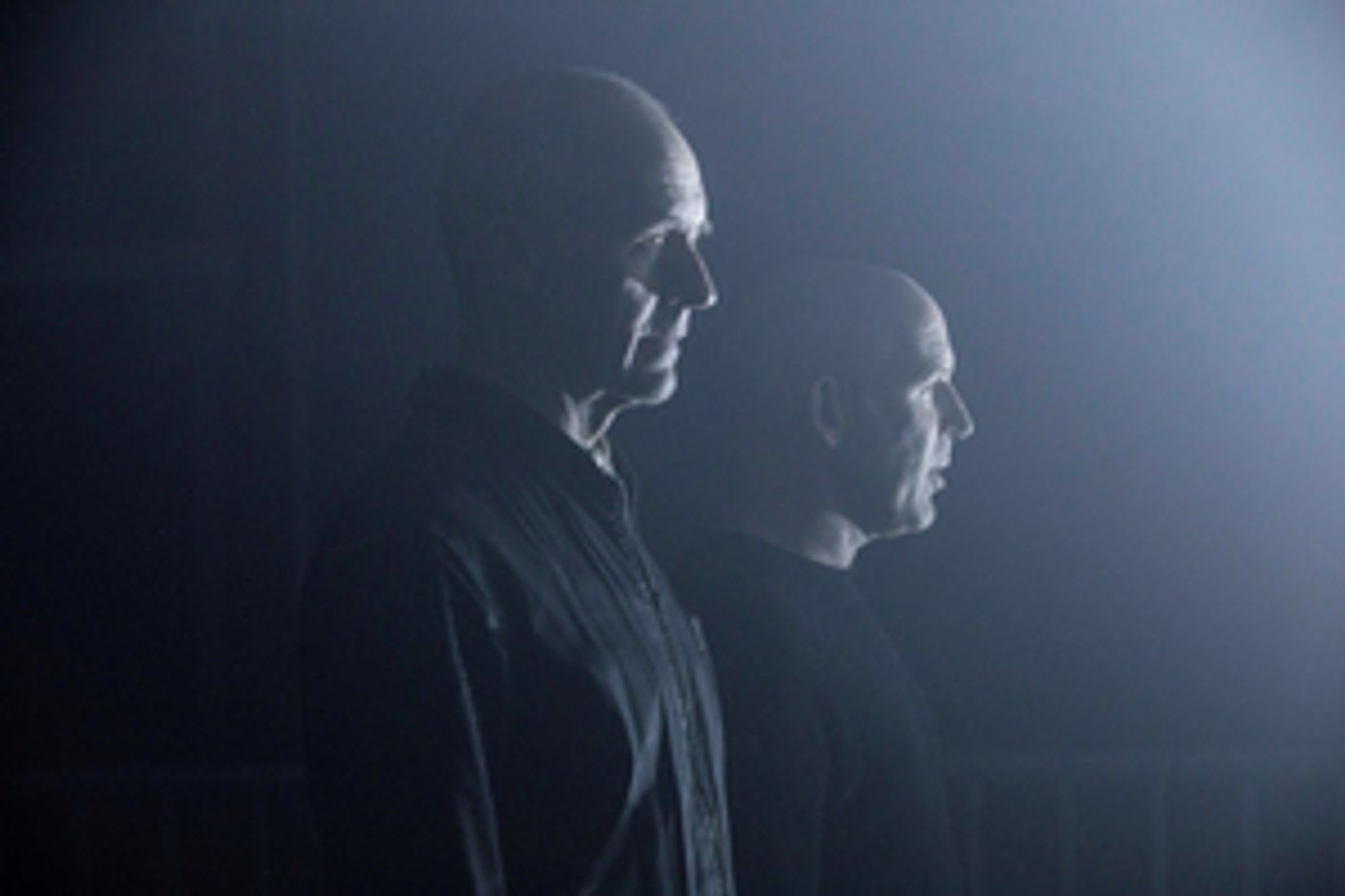Review: HOW IT IS (PART 2), The Coronet Theatre
Irish theatre company Gare St Lazare bring the second part of their adaptation of Beckett's novel to the Coronet Theatre accompanied by the Irish Gamelan Orchestra.

![]() "Leave it vague leave it dark" says Samuel Beckett's character Pim in How It Is. Now, after two years of delay and Zoom rehearsals, Irish theatre company Gare St Lazare bring the second part of their adaptation of Beckett's novel to the Coronet Theatre accompanied by the Irish Gamelan Orchestra.
"Leave it vague leave it dark" says Samuel Beckett's character Pim in How It Is. Now, after two years of delay and Zoom rehearsals, Irish theatre company Gare St Lazare bring the second part of their adaptation of Beckett's novel to the Coronet Theatre accompanied by the Irish Gamelan Orchestra.
Originally written in French in 1961, a ghostly narrator crawls through endless mud. The subject of the monologue is his life, which he breaks into three parts. Gare St Lazare stage them as stand-alone pieces that work separately yet parallel, but a bit of context is still necessary to enjoy the performance fully.
Back in 2018 Part 1 left our chronicler, his sack of tins, and his tin opener in the middle of muddy desolation. He was recalling to himself what happened on his way to Pim, a fellow traveller as lost as he. In Part 2, we meet this Pim, who's also carrying a sack and who's saying the other's name is Pim too. Confusing, eh? Nothing to worry about, it remains convoluted throughout.
This fragmented nature of Beckett's characters personifies in Stephen Dillane and Conor Lovett. They take turns to deliver the unhinged and only partly tamed interior discourse directed by Judy Hegarty Lovett.
The play maintains the vague impenetrability of Beckett's original work, with interminable tangents and equally unbroken circumlocutions. The two torment each other from the get-go, and their swift pleasantries end abruptly to welcome physical and psychological torture.
This senseless harassment is recounted with a striking lack of empathy but enormous curiosity and an almost scientific interest in the chain reaction their actions cause. As they try to make sense of the despair and doom of the human condition through violence, they grow fonder of each other and develop a twisted codependency until it all abruptly ends.
The monologue goes deep into the meaning of anguish, the existence of God, the role of family, and tackles a series of existential questions withholding all answers. Hegarty Lovett translates the disembodied essence of the figures and removes the actors from centre-stage, placing them on the edges of the transformed auditorium.
Thus, the Coronet becomes a traverse, swathed by a multitude of brass instruments belonging to the Orchestra. The performers take over the stairs and the sides, sometimes dodging the theatre's architectural barriers and other times incorporating them in their delivery.
They rarely come close to each other, except for one very domestic and unexpected moment when Dillane prepares tea for both. The utter normalcy of this instance makes it absurd against the intense discombobulation of the rest. It provides respite for both artists and audience, a flash of stillness in uncontrollable chaos.
The Irish Gamelan Orchestra, led by Mel Mercier, provide music that feels ancient, something recognisable by a reincarnated soul - if so inclined to believe. Their variety of gongs and metal instruments reverberate rich in our chest cavity, reaching deep. Lit by thin, obfuscated rays of blue that perforate a hazy smoke, they look and sound otherworldly.
Their melodies are wistful, chaotic, incessant, and powerful across the three pieces they perform. They kick Part 2 off with delicate vocals, suffocate Lovett's voice at the midpoint, and end Part 2 with a strident violin for a deafening, visceral tune that culminates with punctuating percussions - the ticking of a clock.
It's a feat of memory for the actors, who unprompted and with no cue whatsoever carry the two hours and a half straight through comfortably and seemingly without effort. It's a niche, demanding show for the audience too, but likely to be a once-in-a-lifetime experience.
How It Is (Part 2) runs at The Coronet Theatre until 7 May.
Photo credit: Clare Keogh
Reader Reviews
Videos

